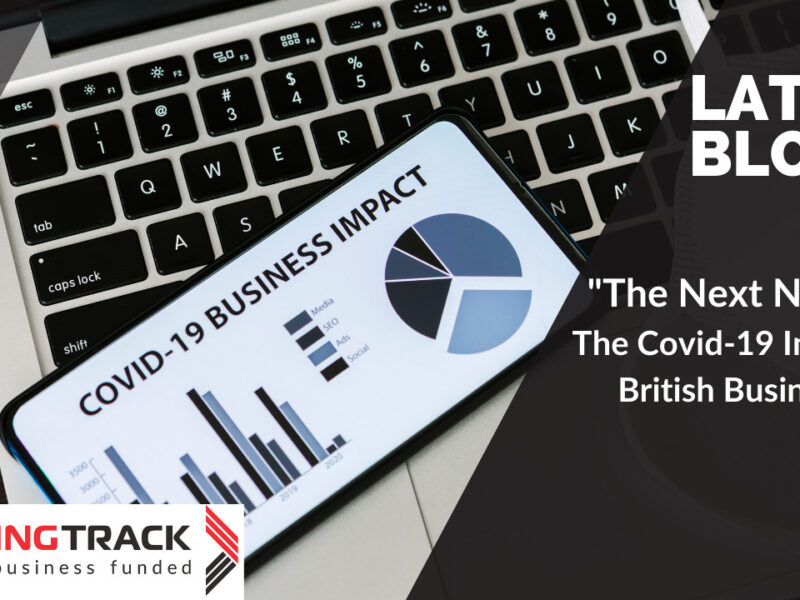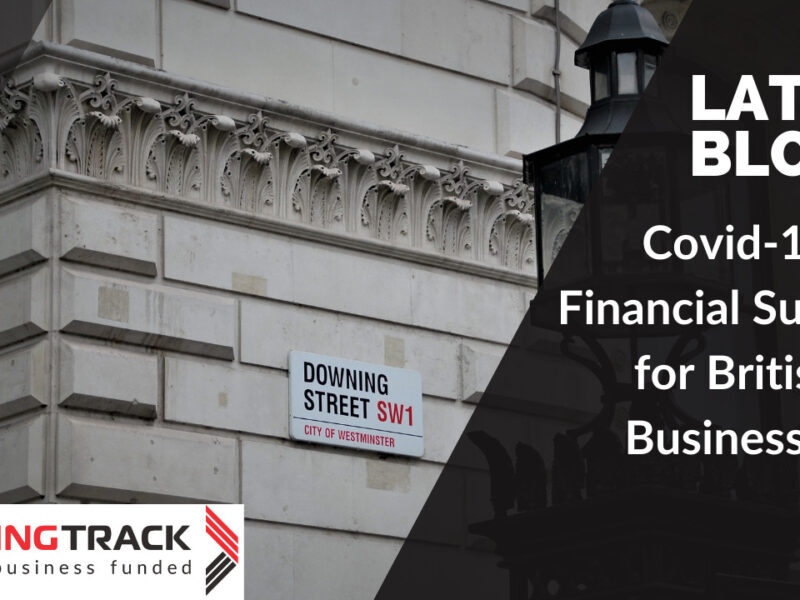
12 Tips for Effective Client Meetings – part one
After nearly 18 months of pandemic enforced Zoom meetings, businesses are beginning to return to face-to-face meetings. Indeed, I had my first face-to-face meeting with a client only this week.
However, regardless of whether you are meeting a potential client or customer face-to-face or via Zoom, there are some key things to bear in mind that will help ensure your meeting is as effective as possible.
James White is one of the UK’s leading sales experts and he recently shared a series of 12 tips to help client meetings go well, and over the next 2 weeks, I will share all twelve of James’s tips.
If you want to find out more about James, you can visit his website at:
https://www.jameswhite.business/
In the meantime, let looks at his 12 tips for a more effective meeting with a client:
-
Look organised and professional.
Once you have confirmed a date for a call or a meeting, then show the prospect that you value their time and yours by confirming the meeting 1 week and then 1 day ahead of time.
If it is a face-to-face meeting, ensure that there is clarity on where you are meeting. It’s also good practice to say something like “I have put aside 1 hour for our meeting which I hope will work for you”.
It is also a good idea to outline a brief agenda for the meeting. Even if it is only 2 or 3 bullet points, it shows that you are organised.
Be careful not to be over-officious and make the potential client think you are not flexible. But, by valuing their time and your own, you are showing yourself as someone who is both professional and reliable.
Potential customers make decisions about who the want to work with at different points in the sales journey, and I always feel that if someone is disorganised before I buy from them, what would they be like once I have given them money? If I have a problem or issue which needs resolving, will they be organised or chaotic? These small points make a difference.
-
Do your research on the potential client ahead of the meeting.
Going into a meeting with a potential client and not having done any basic research on them is I think a huge mistake. I have had people join meetings with me who knew nothing about me or what I did and being honest, it made me think “why should I bother carrying this conversation on”.
It takes just 10 minutes to have a brief search online for the company or the person you are meeting, and it shows once again that you are prepared and organised. Perhaps create a ‘first meeting’ worksheet so that you can collate your research ahead of time.
At the very least, take a look at someone’s LinkedIn profile before a meeting. Of course, you don’t want to stalk people – commenting and liking on their last 20 posts is not something you should do but taking a look at their profile and their last few posts is a good thing. It allows you (at the right time in the meeting) to comment and show you are interested in them.
There is nothing wrong with saying: “It’s lovely to meet you and get to know more about you. I had a look at your company, and I really enjoyed reading your article about X” This shows you see the person as unique and that you have taken time to do some research ahead of the meeting. And importantly, it creates the impression that you are not just trying to sell to them!
Obviously, the bigger the client and the opportunity, the more work you might do ahead of the meeting, but the key is to look prepared. If you don’t do this and do go into a meeting totally cold, be prepared for that to affect the way that person thinks about you.
-
Don’t be late or too early.
This is a small point but again a key one. I once had someone turn up to my office 30 minutes before our appointment and being honest it frustrated me. I had something to finish and knowing they were downstairs waiting, made me feel rushed. It also made me think they didn’t value their own time.
Whilst it is good to be early, don’t put that pressure onto the other person. If you are early, then stay in your car or head to a local coffee shop before heading to the place you are holding the meeting.
The opposite to this is being late. I try and maximise the time I have, and it has made me, on occasion, late. This is also something I don’t recommend!
If (and try not to be) you are going to be late, then ensure you have a phone number to hand and let your prospect know. Potential customers do understand that traffic or transport problems can and do happen and phoning them to say you are going to be late shows you respect their time. Turning up 15 minutes late without letting them know is simply bad manners and is a sure-fire way to start your potential relationship on the wrong foot.
By the way, all of the above applies to online meetings as well as face-to-face ones. It is all about respect and focusing on the small points, knowing that they have an impact.
-
Look, smell and feel good
To help ensure meetings go well, look, smell and feel your best when you are meeting someone for the first time. Even if the meeting is online, when you are freshly showered and wearing clothes that look professional and which you feel good in, then you will give a better impression.
This doesn’t mean you have to spend hours getting ready for a meeting, but when you feel good about yourself you do act in a different way.
Prospective clients will feed off your confidence, and sometimes there can be a very fine margin between you and a competitor and so how you present yourselves can make all the difference.
-
Build a strong first impression. Try to engage in conversation and get to know them.
They say that people make a judgement on someone within the first 11 seconds and then use the rest of the time to confirm their initial view. It is why those first few moments are so vital.
A good first impression sets the tone for what you and your business represent and what the potential client can expect if they are to do business with you. Showing interest in them, smiling, and just being a nice person will help you to build a good rapport. There are some simple actions you can take to ensure you are putting your best foot forward:
- Be mindful of your body language and the gestures that you make;
- If you are meeting face to face don’t invade their body space;
- Don’t interrupt them, but rather allow them time to speak;
- Adjust your tone and the way you communicate with them throughout the conversation.
Don’t sit back with a “yeah, whatever” attitude. Instead, sit forward with open palms, inviting conversation and engaging with them. Nod your head when they mention something interesting and show concern when they mention a problem. Build empathy by really trying to understand what they have been going through. We all know that a deal is very unlikely to be struck on the first encounter, however, creating a good first impression should leave your prospect thinking “I like him or her, they are someone I could do business with”.
-
Clarify the points your prospect wants from the meeting.
We are so excited about the opportunity of this meeting that we often make this cardinal mistake – we launch headfirst, telling our prospect all about our business, our service and what we can do for them, instead of maximising the use of the time available and finding out what our prospect wants.
Sales is not about us and what we want to achieve. It is all about your prospect and how we can support them to achieve their goals and plans.
So take a moment at the start of the meeting to ask the question:
“I know we’ve set aside an hour for this meeting, but before I go ahead with what I’ve prepared for you today, can you tell me what you want to achieve from this meeting?”
Or:
“What are the key things you’d like me to go through in our time together, to make sure I’m maximising the use of your time?”
If they reply with “I would like to know more about X and Y”, reconfirm this and ask what makes those points so vital for them. The more you get inside the head of your prospect, the better chance you have of working with them.
The first meeting is not about you! It is about your prospect.
Getting clarity about what they want in this first session will help them open up to you in future conversations, thus increasing your chances of winning the business.
Follow these 6 simple steps and you will find that your first meeting with a potential client or customer will be far more effective.
Part two is in next week’s blog when we will share James’s other 6 tips.




